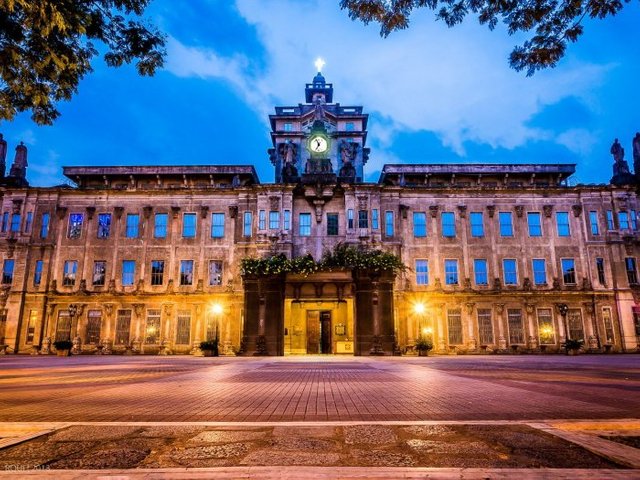How the first university in Asia was established

In the town of Kairawan, ordinary people leave their homes in protest of the extra taxes imposed by the rulers. Violence began at the call of the proletariat. The flames of looting and robbery spread in the peaceful city. Those who were a little better off had two options. Either stay in the city at the risk of losing life and property, or run away with everything in order. The al-Fihri family fled to an unfamiliar city and chose a new way of life.
Fatima and Maryam, the two intelligent daughters of the al-Fihri family, did not like to leave beautiful houses, picturesque fountains, or buildings designed to acquire knowledge, as pictured in the city of Kairawan. Their dream was to do something for the overall betterment of the people of this city, to improve the living standards of the common people of the city. But while fleeing with the box pants, those dreams seemed to vanish in front of my eyes.
The Al-Fihri family, along with many others from the city of Kairawan, came to a halt in Fez, Morocco, after traveling 1,800 kilometers in the hostile environment of Africa. The city is much quieter than the motherland, and the rulers do not impose additional taxes on the common people. The Al-Fihri family came here and started a new life. Fate's help and hard work - in a short time, the two sisters Maryam and Fatima's father and brothers made a lot of money. Fatima began to weave their dreams anew in the great cultural environment, economic and political stability of the city of Fez.
Their misery began when the Al-Fihri family prospered because of their business success. When Fatima-Maryam's father, brother and Fatima's husband died a few days later, lightning struck them. But they were deeply saddened by the death of the men of the family but did not break down completely. With the help of inherited wealth, one of the sisters, Maryam, founded the Al-Andalus Mosque, which at that time served as a refuge for Muslims fleeing Spain. In 659, another sister, Bidushi Nari Fatima, set up a madrasa institution in which degrees were awarded after graduation. It was later renamed Al-Karawin University and became the first university in the world. Such was the case with the establishment of the world's first university.
Now let's take a look at Asia. With the advent of Spanish colonial rule in the Philippines, the number of missionaries for Christian missionary increased in Asia. In 156, the first Dominican missionary ship anchored off the coast of the Philippines. One of these was Father Miguel de Benavides.
This Portuguese missionary was a very wise man. He was promoted from bishop to archbishop in 1801 and was the third archbishop of the entire Philippines at that time. However, his foresight is different. He understood in his time the future of Christianity and higher education in the Philippines. That is why he felt the need to build a specialized higher education institution.
Father Benavides's greatest misfortune was that he never saw any higher education in his lifetime. Among the fathers of the time in the Philippines, Father Benavides was the most interested in higher education. However, he died in 1805. He bequeathed his personal library and acquired wealth to the institution of higher learning before his death. His net worth was about 1,500 pesos. And in the library there were books to set up an organization. It was the founding fund of the oldest university in Asia.
After the death of Father Benavides, another pastor named Father Bernardo da Santa Catalina came forward to establish the institution. He raised money and built a building next to the Dominican Church. Then, in 1811, the ambassador of King Philip II of Spain appeared in Manila with a permit to establish a college. The establishment took on a new dimension after receiving permission directly from the Spanish king. Finally, on April 26, 1811, a college was established next to the Dominican Church in Manila, Philippines, called the Collegio de Nuestra Senora del Santisimo Rosario. It was later renamed the University of Santo Thomas after the famous Dominican theologian St. Thomas Aquinas.
In 1819 the college was allowed to award -degrees in theology and philosophy.
In 1845, Pope Innocent X granted it the status of a university.
In 180, the Spanish monarchy was given the responsibility for all university appointments.
In 181, Pope XIII granted the Innocent University a degree in other subjects.
In 1834, Pope Clement XIII conferred degrees on all faculties, and ensured that any faculty could be conferred with degrees in the future.
Thus, the scope of the university is gradually increasing. At one time it had the honor of being the only Catholic university in the Philippines and the largest in the world, which was governed by a pope.
There was once a heated debate over the oldest university in the Philippines. Another institution, the University of San Carlos, came up with its claim to be the oldest university in the Philippines, Asia. They demanded that the University of Santo Thomas be established.